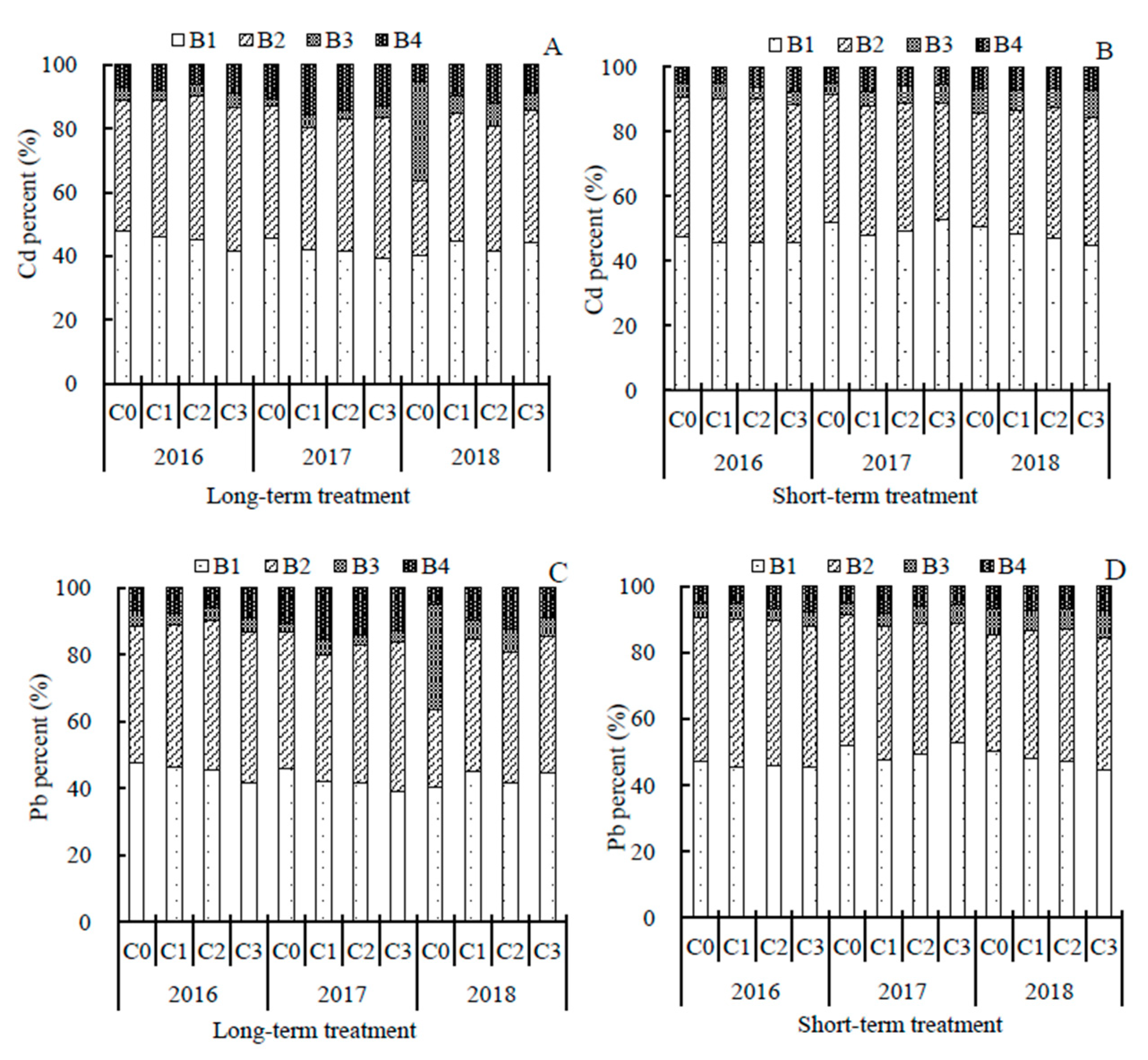Short Term Cd Rates
The Federal Reserve has driven short term interest rates to 0. With that, short term bond rates are near 0 and in several European countries, rates are actually negative! That means that people, companies and governments mostly, are PAYING the bank to hold their cash. This all makes short term investing very difficult. A CD (certificate of deposit) is a type of deposit account that’s payable at the end of a specified amount of time (referred to as the term). CDs generally pay a fixed rate of interest and can offer a higher interest rate.
Consider our 10-Month Certificate of Deposit, a great option if you are looking for a short-term CD with a competitive fixed rate. A newer version of your browser is available. Older versions may limit your. With a CD, the saver and the bank make stronger commitments. The saver promises to keep the funds.
CHOOSING THE BEST VEHICLE FOR YOU.
Both certificates of deposit (CDs) and fixed deferred annuities are savings vehicles used to accumulate wealth. However, these products are quite different each with its own unique strengths and uses. For the sake of comparison, we’ll look at two similar versions of these products—an individually owned, non-qualified bank CD and an individually owned, non-qualified single premium deferred fixed annuity earning an annually renewable fixed rate of return.
You should review the objectives below and identify those which are most important to you. This will help determine which of these two products is best suited for your needs and financial situation.
IDENTIFYING YOUR KEY OBJECTIVES.
Safety of principal.
Both CDs and fixed deferred annuities are considered low risk investments. CDs are generally issued by banks and, in most cases, are insured by the Federal Deposit Insurance Corporation (FDIC) for up to $250,000 per depositor. Should the bank fail, the FDIC guarantees CDs up to this amount.
Short Term Cd Rates 3 Month
On the other hand, fixed deferred are issued by insurance companies and are not insured by the U.S. government. They are backed by the financial strength of the issuing insurance company, regardless of the amount. Before purchasing an annuity, you should make sure the issuing insurance company is financially sound. To help you determine the financial strength, you can request the findings of independent rating companies such as Moody’s, A.M. Best, Standard & Poor’s, and Fitch (these companies evaluate the financial strength of insurance companies and publish independent ratings that give their assessments).
Short term accumulation.

When deciding between a CD and a fixed deferred annuity, your investment horizon (i.e., is the amount of time you need to save for a specific goal) should be a key factor. For short term goals, such as a down payment on a home or a new car, a CD may prove to be a better choice. CD maturity periods can be as short as one month or as long as several years.
Long term accumulation.
A fixed deferred annuity is generally the product of choice for the long haul: these products are designed to help you accumulate money for retirement or to protect the funds you’ve already saved once you’ve reached retirement. In later years, a fixed deferred annuity is usually more flexible for accessing your money. They can even be used to provide a legacy for your heirs.
Interest return.
CDs offer you a guaranteed rate of return for a specified period of time; the interest rates will vary depending on current market conditions and the length of time to maturity (generally the shorter the period of time to maturity, the lower the rate). There is no guaranteed minimum for renewal rates. With a fixed deferred annuity, a guaranteed interest rate is locked in for an initial period. After that, interest rates may be adjusted periodically, generally each year.
Fixed deferred annuities also provide you with a guaranteed minimum interest rate, regardless of market conditions.
Tax savings.
If taxes are a concern, then a fixed deferred annuity may be a better option for several reasons.
Earnings on CDs are taxable in the year the interest is earned, even if you don’t take the money out. With fixed deferred annuities, earnings accumulate tax deferred and are not treated as taxable income until they are withdrawn, which gives you a measure of control over when you pay taxes. When saving for the long term, it may make good investment sense to rely on tax deferrals.
Fixed deferred annuities may also help reduce or eliminate the taxes on your Social Security benefits. By leaving your money in a fixed deferred annuity, you can reduce your taxable income, keeping it below the level where you would begin to owe taxes on your Social Security benefits. In contrast, since earnings in a CD are taxable when earned, your interest earnings count in the calculation of how your Social Security benefits will be taxed even if you don’t withdraw the earnings. As much as 85% of your Social Security benefits could end up subject to taxation.
Additionally, your annuity’s account value will be paid directly to your named beneficiary(ies), avoiding the costs and delays associated with probate. This is not the case with a CD, which may be subject to probate. Note, however, that both fixed annuities and CDs are subject to estate tax, and that the earnings inside a fixed annuity are subject to income tax when paid out (the earnings in a CD, by contrast, are taxed when you earn them).
Liquidity.
If you need access to the funds in a CD prior to the maturity date, you may pay an interest penalty ranging from 30 days to six months. Of course, you can limit your exposure to surrender penalties by investing in several CDs with staggered maturity dates.
A fixed deferred annuity also provides you with access to your money should the need arise. Withdrawals taken during the first several years are generally subject to surrender charges. However, most companies will give you the flexibility to withdraw a portion of your deferred annuity’s account value, usually 10% each year, without a company-imposed surrender charge. Once the surrender charge period has expired, though, you can generally access your money at any time without surrender penalties. Even so, it’s important to remember that such withdrawals may be taxable and, if made prior to age 59½, may be subject to a 10% penalty tax.

Short Term Cd Rates Vs Long Term Rates

Distribution options at maturity.
When a CD reaches its maturity, you can take the CD’s lump-sum value in cash, renew the CD for the same or different maturity period, or examine other investment alternatives (such as a deferred fixed annuity).
In a deferred fixed annuity, you may elect to withdraw your money in a lump sum or you may want to select a lifetime income option, which provides you with a flow of income that you cannot outlive. You could also elect to let your funds continue to accumulate until a need arises.

Cd Rates Today
These are just a few of the factors to consider when making your selection between a CD and a deferred fixed annuity. For more information about annuities, contact your agent today.